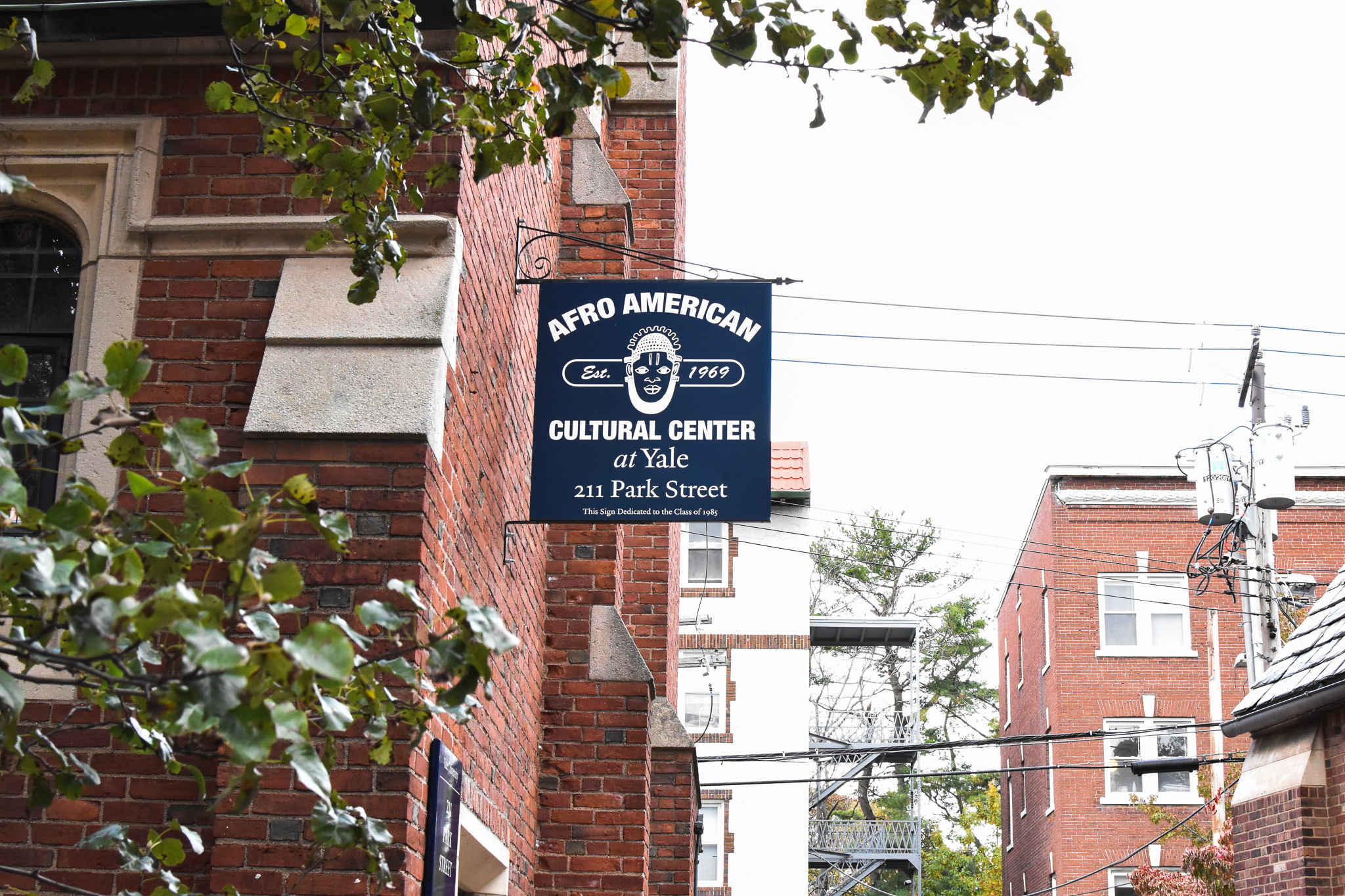Video Series for Black History Month promotes representation, education
The Afro-American Cultural Center released a series of videos in which Yale students read children’s books that prominently feature Black characters, culture and historical figures for families and educators across the country.

Karen Lin, Senior Photographer
This year for Black History Month, the Afro-American Cultural Center at Yale, often referred to as the House, released a series of readings of children’s books on its YouTube channel.
The books featured were all chosen by organizers of the project for their representations of Black characters, historical figures, culture and stories. Black undergraduate and graduate students volunteered to read the books, and House staff members and student leaders recorded and edited the videos, which featured students reading aloud in the House’s library. The video series, entitled “Reclaiming our Literature,” was released on YouTube on Feb. 5.
“The main goal is to make these Black stories, topics, events and historical figures more accessible to children in America — exposure of Black history and culture is not only important, but also a basic right of every child in our country,” Hunter Robbins ’27, one of the student readers, said. “It is a right that should not be infringed upon by any school district in our nation, or across the world for that matter.”
This project is part of The House’s larger programming for Black History Month. House Staff Members came up with the theme “Reclaiming Our Lives” for this year’s events and initiatives and wanted Black literature to be a main focus, “given the recent book-bans across the country and the push to eliminate Black history and books featuring Black historical figures from educational spaces,” Dean Timeica Bethel ’11 wrote to the News.
The American Library Association’s Office for Intellectual Freedom released data in September that reported 1,915 documented challenges to unique titles during the first eight months of 2023, a 20 percent increase from the same period in 2022. According to the ALA report, “most of the challenges were to books written by or about a person of color or a member of the LGBTQIA+ community.”
Bethel wrote to the News that increasing representation in children’s books is “essential.”
“As someone who grew up in a low-income community and attended a school with a severe lack of resources, I remember wishing I had books to read featuring people who looked like me. As a former elementary school educator, I know that access to books like the ones we featured in this project is essential,” she said. “For Black children, seeing themselves reflected in the characters can be empowering and affirming. For non-Black children, these texts can still be inspirational and informative, and increase their level of empathy for their Black peers.”
Bethel added that increased access to a variety of texts is necessary for the development of literacy skills for children, and she expressed hope that the videos will serve as an educational resource for teachers and families.
Steven Shepard ’27, who was a reader for the project, wrote to the News that helping increase Black representation for young children “felt amazing.”
“As a Floridian, I can say that we didn’t have much academic representation for the African-American community, but when the few instances did show individuals like Neil de Grasse Tyson or ‘Kid President’ Robby Novak, they would stand out and engage me and other Black students,” said Shepard.
Shepard read the picture book “Ron’s Big Mission” by Rose Blue and Corinne J. Naden, where a nine-year-old Ronald McNair, the future NASA astronaut and physicist, embarks on a mission to obtain his own library card in the segregated world of 1950s South Carolina.
Other books, such as “Josephine: The Dazzling Life of Josephine Baker” and “I am Ruby Bridges,” also focused on the stories of prominent historical figures.
“It was great to contribute to a Black History Month project that attempts to help children learn more about the world through the eyes of Black characters and through their narrative,” reader Christian Daniels ’27 wrote to the News. “I hope [the stories and videos] teach them the value of education and inspire them to be leaders in their community!”
Robbins told the News that his experience of participating in this project also helped him “to understand many issues facing the Black community on their most basic levels.”
Robbins read the picture book “Abolition is Love,” by Cyrus Marcus Ware and Alannah Fricker and said that the book helped him further understand the meaning of the word “Abolition.”
“I realized that although I knew a lot about the meaning of abolition, there are very basic ideas that are really the foundation of what abolition means — one of those being love,” Robbins said. “I realized it is much easier to grasp these larger societal issues if one focuses on the foundational factors that are being threatened by the issues.”
The project featured 55 books, as the House will celebrate its 55th anniversary this year.







